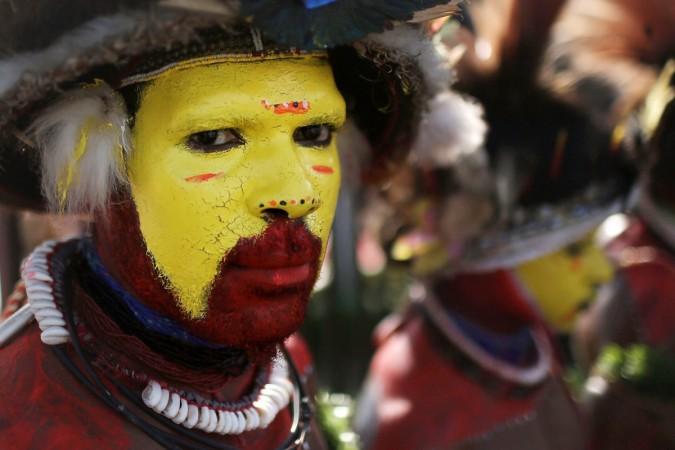
Tribal hunters in the present day New Guinea made bone daggers out of Cassowary legs, but the most prized possession that a man can have in that region is a weapon made of a human femur. The bones were either taken from an enemy they defeated, or from the thigh of a deceased father.
While there is no record of when this practice of making daggers from bones first started, a report by The Washington Post mentions that it was recorded till the beginning of the 20th century. One of the reasons why there is no way to know when it was started because there is no written account that describes it till European settlers reached the shores of New Guinea.

Daggers made of human bone are a rare find, notes the report. There are about 500 bone daggers at the American Museum of Natural History in New York, the Yale Peabody Museum of Natural History, and at the Field Museum in Chicago, combined only 21 are made out of human bones.
These weapons, if used as intended could be quite deadly, says Nathaniel J. Dominy, an anthropologist at Dartmouth College. He has spent over a decade researching bone daggers. The New Guinean daggers are of particular interest because of the carvings that are present on the handle side of the weapon. The symbols in the dagger were powerful, and it is likely that the wielder could derive strength from holding a bone dagger. "They're really striking objects," he said. "Formidable, fierce-looking and beautiful."
Carrying a bone dagger is also a symbol of status in a tribe. Slaying a Cassowary, for example, is not easy, so to carry a memoir of the hunt, the thigh bone of the bird was carved out and tied to the bicep of the slayer. Even more so in the case of a slain enemy, said Dominy. Bone daggers were also not just ornaments for hunters, "These are only used for hand-to-hand combat," he explained. "You both are trying to stab each other in the nape in the same time and twist."
Dominy quoted German anthropologist Leonhard Schultze-Jena, who also studied bone daggers closely. The function of the dagger, and the role it played as a melee weapon were described in 1914, "The dagger serves not only to stab into the main arteries but at the same time as a lever with which one twists the punctured neck of the enemy in order to tear the throat and, with sufficient power, break the neck."











